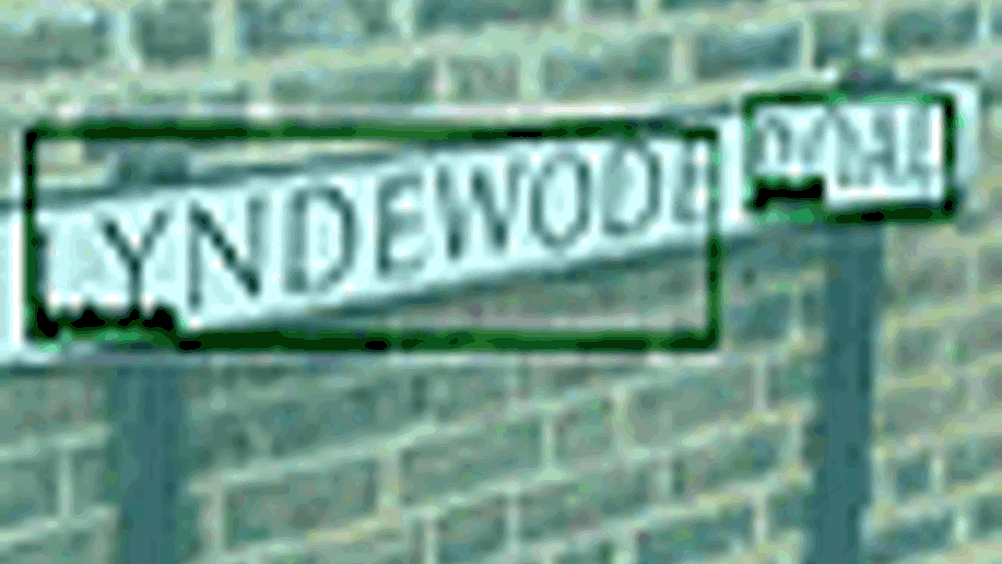Reading the scene
New software developed by break-step productions uses a model of how the brain interprets shapes to locate, analyse and report text in any orientation and font in a photographic image.

New software uses a model of how the brain interprets shapes to locate, analyse and report text in any orientation and font in a photographic image.
A digital photograph of a busy street scene on a PC contains an enernous variety of text in differing fonts and orientations. Shop signs, adverts on buses, street names, road markings and signposts are all present but none of it is square-on to the camera. The human eye can easily recognise and understand all the text on display, but until now it has proven very difficult to replicate on a computer. SceneReader, a software tool made by break-step productions, can take the photograph as input and return all the text in a useable format.
Patrick Andrews, Managing Director of break-step productions, which makes SceneReader, said, “The idea for SceneReader came to me when I was a research student with the late Fergus Campbell, FRS. It occurred to me to write a program that would coarsely emulate the functions which we know certain cells in the visual cortex of primates perform. The original version was implemented using a simple spreadsheet. Since then it has been professionally developed and extended by our in-house technical team.”
Register now to continue reading
Thanks for visiting The Engineer. You’ve now reached your monthly limit of news stories. Register for free to unlock unlimited access to all of our news coverage, as well as premium content including opinion, in-depth features and special reports.
Benefits of registering
-
In-depth insights and coverage of key emerging trends
-
Unrestricted access to special reports throughout the year
-
Daily technology news delivered straight to your inbox










UK Automotive Feeling The Pinch Of Skills Shortage
Not so much attracting skills to the UK but generating skills within the UK is what is needed! That statement suggest they are in effect wanting to...